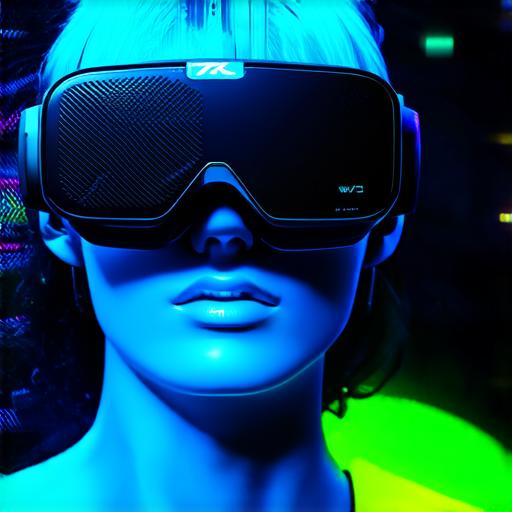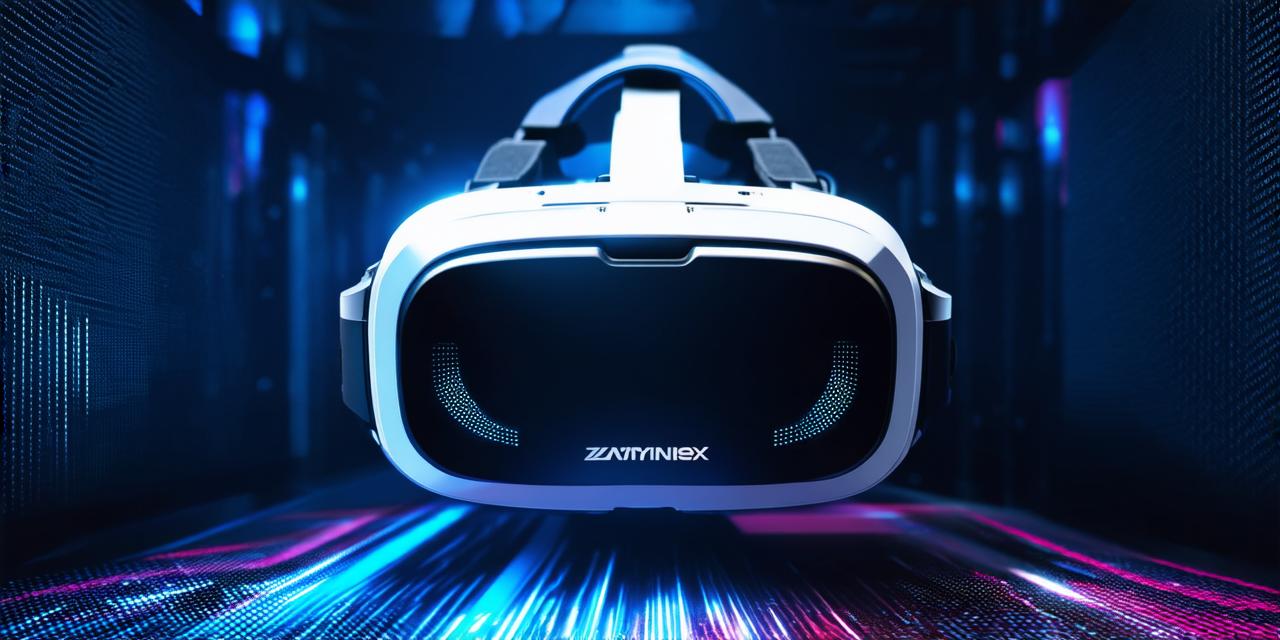Virtual reality (VR) is a technology that allows users to experience a simulated environment in a computer-generated world. In this article, we will explore how VR works and the different components that make it possible.
Components of Virtual Reality
1. Headset: The headset is one of the most important components of virtual reality. It is worn on the user’s head and provides a 360-degree view of the virtual environment. There are two types of VR headsets – wired and wireless. Wired headsets require a connection to a computer, while wireless headsets use Bluetooth or Wi-Fi to connect to a mobile device.
2. Display: The display provides the visual content for the virtual reality environment. It is usually a high-resolution screen that displays stereoscopic images, giving users the illusion of depth and perspective.
3. Sensors: Sensors track the movement of the user’s head and body in real-time. This information is used to adjust the display and create an immersive experience. There are different types of sensors used in VR, including accelerometers, gyroscopes, and magnetic sensors.
4. Computer: The computer provides the processing power needed to generate the virtual environment. It runs the software that simulates the environment and updates it based on the user’s actions.
5. Controllers: Controllers allow users to interact with the virtual environment. They are typically handheld devices that track the user’s movements and translate them into in-game actions.
How does Virtual Reality work?
Virtual reality works by simulating a three-dimensional environment using computer algorithms. The display presents stereoscopic images, which are slightly different for each eye, giving users the illusion of depth and perspective. As the user moves their head or body, the sensors track this movement and adjust the display accordingly. This creates an immersive experience that feels as though the user is actually in the virtual environment.

There are two main types of virtual reality – room-scale VR and desktop VR. Room-scale VR requires a large amount of space to move around, while desktop VR can be used on a computer or laptop. Both types of VR offer different experiences and have different hardware requirements.
Virtual Reality has many applications in various fields such as gaming, education, healthcare, and tourism. It allows users to experience things that they may not be able to in real life and provides an excellent tool for training and simulation. Virtual reality is a rapidly growing technology, and we can expect to see new and innovative uses for it in the future.
Summary
Virtual reality is a fascinating technology that allows users to experience a simulated environment. It works by combining hardware components such as headsets, displays, sensors, computers, and controllers to create an immersive experience. Virtual reality has many applications across various fields and will continue to grow in popularity as technology advances.
